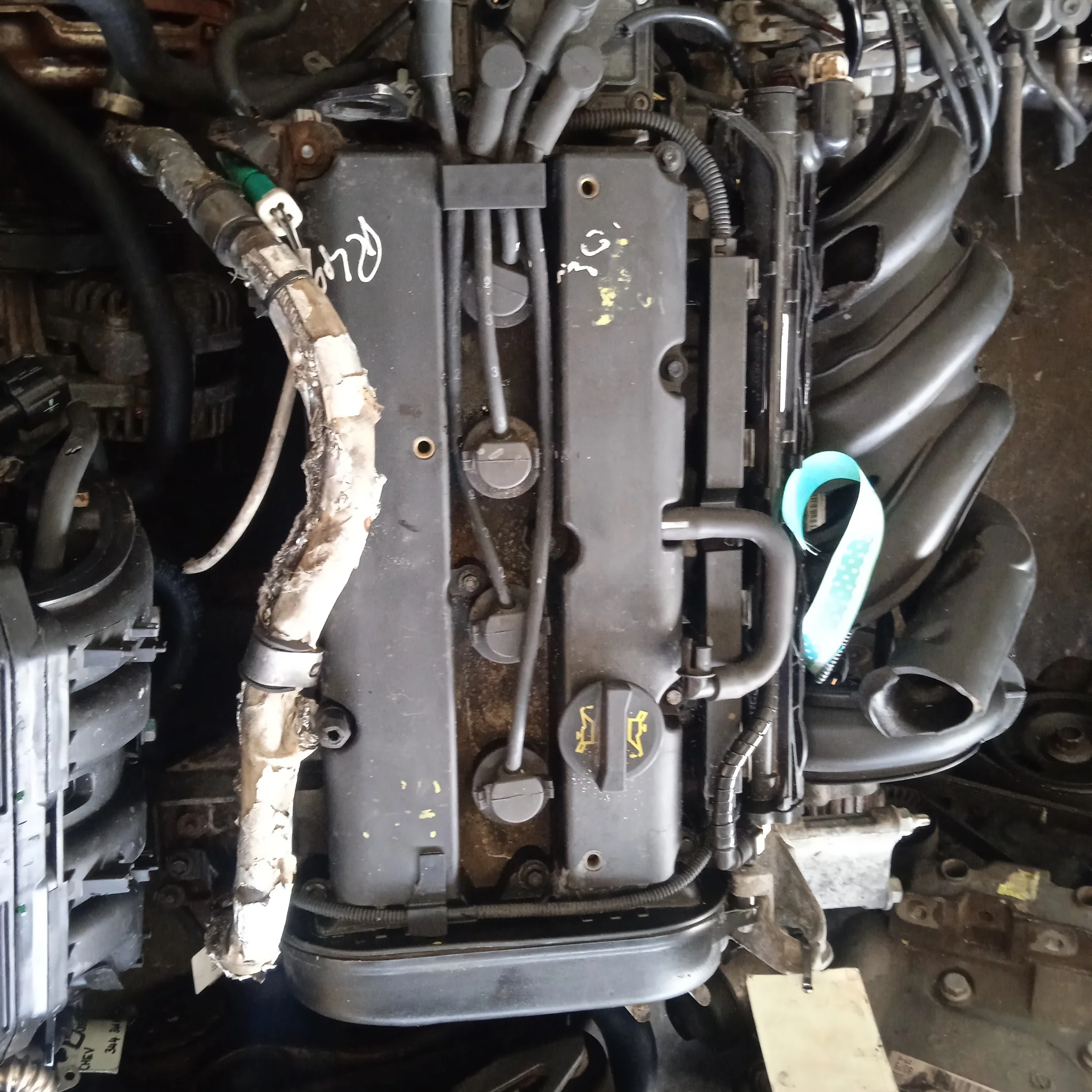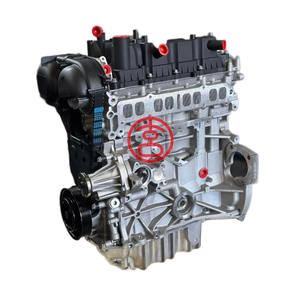Discovering the Development of Engines: From Traditional Layouts to Modern Marvels
From the initial vapor engines that powered the Industrial Revolution to the emergence of internal combustion engines that transformed flexibility, each stage has actually contributed to greater effectiveness and capability. As we examine these milestones, one have to consider just how the future of engine layout may unravel, testing our assumptions of power and effectiveness.
The Birth of Engine Technology
The development of engine modern technology marked a pivotal minute in human development, changing power conversion and transportation. The earliest engines emerged from the need to harness mechanical power for practical use, bring about the growth of gadgets that converted different power forms into motion. The concept of the engine can be mapped back to old civilizations, where basic devices, such as the waterwheel and windmill, used all-natural forces to carry out job. It was throughout the late 17th and early 18th centuries that significant improvements started to materialize.
The development of the inner combustion engine and the innovation of the heavy steam engine militarized a profound shift in industrial capabilities. These engines not just boosted performance however likewise expanded the range of human wheelchair, allowing unprecedented transportation opportunities. The early models laid the groundwork for the mechanized globe, promoting the surge of industries and improving social structures.
As engine styles advanced, they incorporated innovative products and advanced design principles, leading the way for modern growths - ford fiesta engine. The birth of engine technology ignited a relentless search of performance and power, setting the stage for the vibrant advancement of transport and commercial machinery that would certainly adhere to
Heavy Steam Engines and Their Influence

The steam engine's impact was particularly noticeable in the transportation sector (ford fiesta engine). Steam-powered locomotives promoted the quick motion of products and people throughout huge ranges, successfully shrinking the geographical obstacles that had actually formerly hindered trade and communication. In a similar way, steamships reinvented naval travel, permitting for quicker and extra reputable crossings of rivers and oceans.
In sector, steam engines powered manufacturing facilities, making it possible for mass manufacturing and the increase of urban centers as hubs of financial activity. This shift not only modified labor dynamics however likewise added to the appearance of a consumer-driven culture. Heavy steam modern technology promoted technologies in engineering and manufacturing processes, laying the foundation for future advancements in engine design. The legacy of steam engines is profound, reflecting a zero hour in human resourcefulness and the unrelenting quest of progression.
The Increase of Interior Burning
Regularly eclipsing heavy steam power, the increase of interior combustion engines marked a transformative change in transportation and sector throughout the late 19th and early 20th centuries. The growth of these engines, defined by their capacity to shed fuel within the engine itself, enabled higher effectiveness and power contrasted to standard vapor engines. Introducing inventors such as Nikolaus Otto and Rudolf Diesel played essential duties in refining engine layouts, resulting in widespread fostering in cars, boats, and commercial equipment.
The internal burning engine's portable dimension and relatively lightweight nature helped with the development of personal automobiles, revolutionizing private movement and reshaping urban landscapes. By making it possible for faster traveling and the effective transport of products, these engines militarized financial development and cultivated globalization. The flexibility of fuel choices, including gas and diesel, additionally enhanced their charm, permitting diverse applications across numerous sectors.
Despite the ecological problems that would later arise, the preliminary allure of internal combustion innovation stocked its transformative capacity. As culture welcomed this innovation, the foundation was laid for contemporary transport systems, establishing interior combustion engines as a foundation of industrial improvement and life throughout the 20th century.
Improvements in Engine Effectiveness
As inner burning engines became indispensable to transportation and market, the focus moved in the direction of boosting their effectiveness to fulfill expanding demands for efficiency and sustainability. Advancements in engine layout, material science, and modern technology have substantially added to this advancement.
One significant improvement is the advancement of turbocharging, which permits boosted air intake, resulting in more full gas burning and check boosted power output without increasing the size of engine size. In addition, variable valve timing systems have actually been implemented to optimize engine efficiency throughout various RPM ranges, therefore improving gas efficiency.
The utilization of advanced gas injection modern technologies, such as direct injection, has likewise played a crucial duty. This technique permits for more specific control over the fuel-air mix, advertising much better combustion and reducing emissions. Furthermore, lightweight products, including aluminum and composite components, have article been adopted to lower general engine weight, resulting in enhanced efficiency.
These improvements mirror a more comprehensive trend within the auto market, where the synergy between engineering technology and environmental considerations drives the ongoing quest for higher efficiency in inner combustion engines. As an outcome, modern-day engines are currently more powerful, cleaner, and effective than ever, paving the means for an extra lasting future in transport.
The Change to Electric Power
With expanding worries over ecological effect and fossil fuel dependence, the automotive market is experiencing a substantial change towards electric power. This transition is driven by a mix of technical innovations, regulative stress, and changing consumer choices. Electric cars (EVs) provide an engaging alternative to standard interior burning engines, boasting lowered greenhouse gas exhausts and lower operating expense.
The increase of battery innovation has been a video game changer, with lithium-ion batteries becoming extra efficient and economical. Boosted energy density and faster charging capacities have actually made EVs more functional for day-to-day usage. Governments worldwide are executing incentives you could check here and establishing ambitious targets for phasing out fossil fuel lorries, therefore increasing the fostering of electric power.
Major car manufacturers are spending heavily in r & d, leading to the introduction of a diverse array of electrical versions. This consists of not only auto yet also commercial vehicles and public transportation remedies. As charging facilities expands and battery innovation continues to improve, the change to electrical power is poised to improve the automobile landscape, promoting sustainability and technology in the years ahead. The future of transportation is electrical, and the energy is obvious.
Verdict
The development of engine modern technology represents a significant trajectory of technology that has actually exceptionally influenced transport and industry. From the foundational steam engines to the transformative inner combustion engines, each development has added to enhanced wheelchair and financial growth. The current change toward electrical power highlights a vital commitment to sustainability, driven by innovations in battery innovation. This continuous advancement not only mirrors transforming societal requirements but likewise highlights the possibility for a cleaner and extra effective future in engine style.
